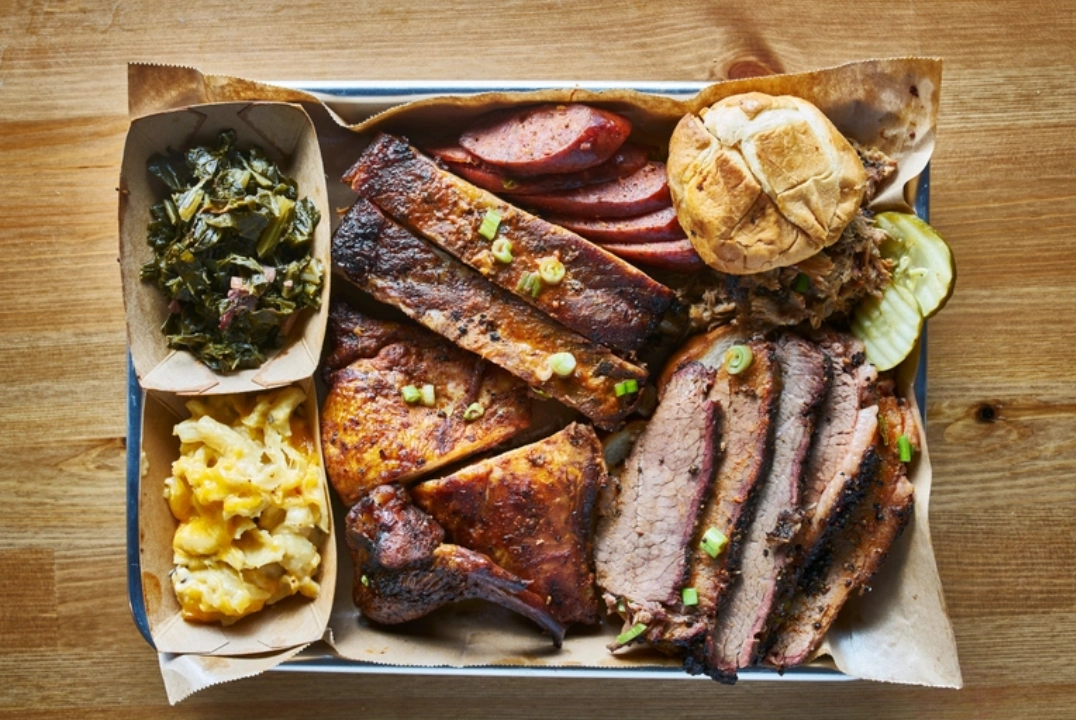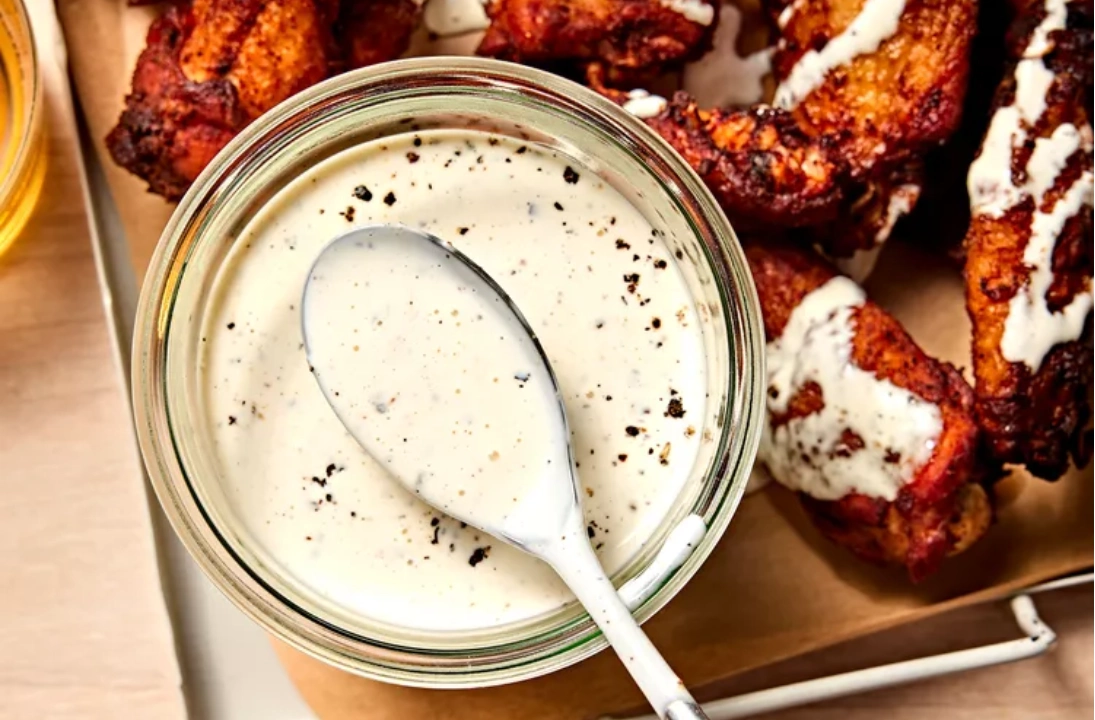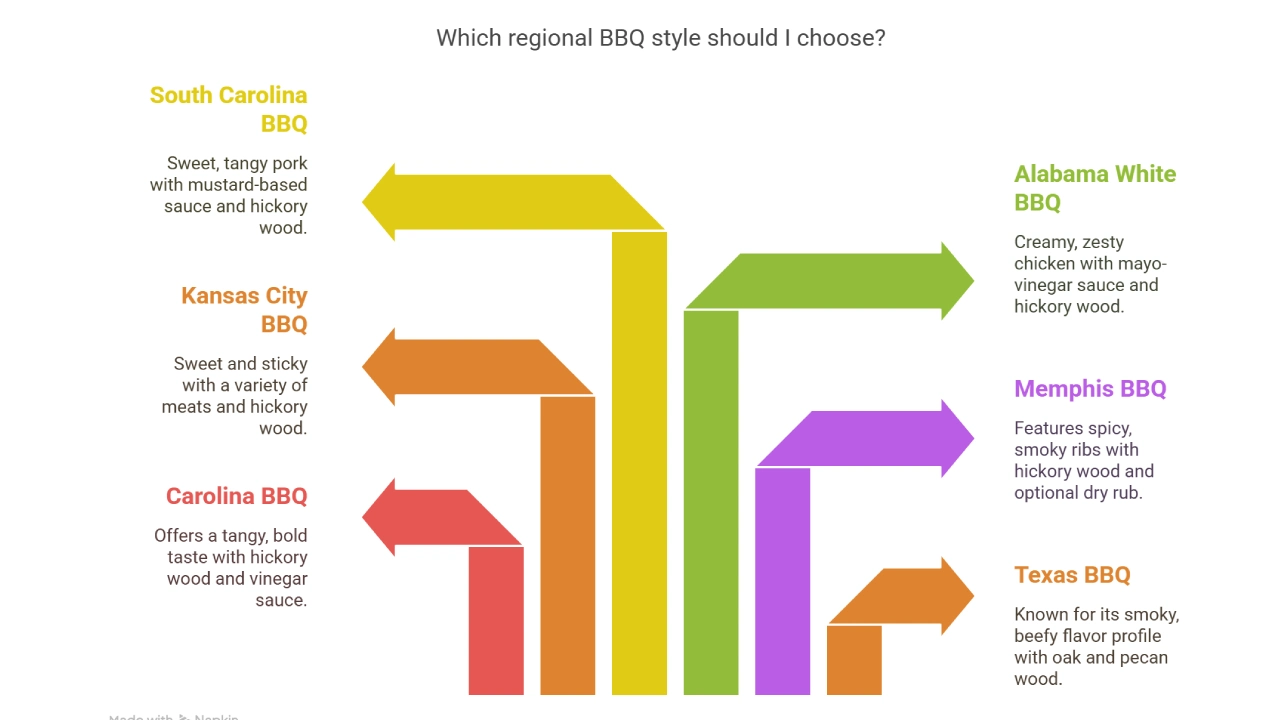A Detailed Account Of American Barbecue

Barbecues, one of the popular yet yummy roasted meat dishes, Regional BBQ Styles mostly famous in countries like the United States, South Africa, Brazil, Korea, etc. This culinary dish is served as a part of get-together celebrations, raising a toast to the jubilant fete.
Different parts of the US showcase different types of American Regional BBQ Styles. Pitmasters in Memphis use a master rub on their pecan-smoked pork ribs—it contains
- paprika,
- garlic powder,
- and brown sugar.
Houston style is quite simple as the only spices used on the incredibly tender smoked beef brisket are salt and pepper. Kansas City takes a different route by adding sweet thick tomato sauce on pretty much everything from ribs to burnt ends.
From my experience traveling through the US, one thing is certain each part of the US weaves its own unique tale about the US BBQ Heritage along with a rich history showing what ingredients are used in the cooking.
Regional Protein Preferences: The Heart of BBQ Traditions
Pork: The Southern Staple
Memphis and Carolina Pork Traditions
Pork Southern barbecues have remained traditional and rooted in pork till today. Memphis offers “barbecue’s crown jewel,” Memphis is famous for its pork ribs and pulled pork sandwiches which distinguishes Memphis because of their excessive use of smoke and spice.
Memphis has two styles of preparing ribs:
Dry ribs:
Seasoned with a spice rub and then smoked, leading to a savory crust without sauce.
Wet ribs:
Smothered with sauce during cooking, yielding a sticky and tangy glaze.
Pork remains a staple in the Carolinas, but they do vary by region.
Eastern North Carolina:
Prides itself on whole hog cooking where an entire pig is smoked over burning hardwood.
Western North Carolina (Lexington-style):
Centers on pork shoulder which is rich in pulling fat and collapsing meat therefore,rich and floppy tender meat.
South Carolina:
Further adds and accepts other cuts of pork with trademark sauces from the area.
Beef Brisket: Texas’s Pride and Joy
For the central Texans, brisket beef is loved and uplifted to God like status. This style boasts of the meat’s intrinsic properties requiring next to no seasoning other than coarse salt and black pepper, also known as “Dalmatian rub.” This custom stems from German and Czech butchering traditions that have influenced the region’s barbecue culture.
The hidden artistry of Texas brisket is within the smokey flavor that infuses the meat over 12-18 hours at low temperatures (225-265°F). This transforms the naturally tough cut into supple and flavorful brisket.
Texas acknowledges the disparity between the chewy fatty point ‘moist’ and ‘lean’ flat which is less juicy
Whole Hog: An American Culinary Tradition in Jeopardy
American culinary practice traces back whole hog to the 1600s. Although it is one of the oldest, this style comes with a unique set of challenges. A pitmaster needs special skill and tools for multifaceted whole pig cooking or different sections of the pig, which has a specified time, cooking duration, and fat percentage, requires different cooking.
The labor intensive style is still used throughout the eastern part of North Carolina and some areas of South Carolina. The hardwood coal cooking lasts for 10-12 hours, where the magic occurs when different cuts are combined because they add texture and flavor unlike the dish arranged with single cut.
A treasured way of cooking, through the years, is avoided by many. Alton Brown, a renowned chef, puts it best, “Whole hog cooking is something that needs stronger protection and stronger zeal in passing it down. The shoulders school is going great guns, but I’m afraid whole hog is in decline because it consumes too much time and needs too much skill. I hope we can keep it in safe for the future.”
Smoke Signals: How Wood Selection Defines Regional Flavors Subheading
Hickory The Heart of Southern Barbecue
Southern barbecue is a cuisine that uniquely employs hickory, which is a bold and rich smoke flavor reminiscent of bacon and splendid for pork, not dominating the meat.
As a slow burning wood for cooking, hickory remains a favorite due to its ability to retain an even temperature and burn clean.
Memphis pitmasters rely heavily on hickory smoke for their signature flavor. Kansas City BBQ mastrs use hickory’s bold smokiness to complement their sauce-heavy style. Throughout the Carolinas, hickory remains the gold standard, though with regional variation in application and intensity.
Oak Varieties: Texas’s Secret Weapon
Post oak is the only wood to be used in Central Texas, and it has been this way since the 1800s because of cattle ranchers. The slow-growing, rot-resistant hardwood was used to make fences.
Post oak produces and maintains high levels of heat, providing a clean BBQ flavor stronger than fruitwoods, but milder than hickory. Because of this, beef is not overpowered in it’s natural taste. Aaron Franklin was part of the movement that popularized post oak for smoking brisket and to this day it holds unchanging significance for authentic TX barbecue. Texas-style barbecue cannot exist without post oak.
Subtle Sweetness: Fruitwoods
All regions have their own unique take on barbecue, but fruitwoods take the cake for being widely used.
- Cherry,
- peach,
- and applewood.
are famous for having a milder sweetness than the rest, yielding a much lighter and smoother taste. Apple wood is one of the most popular of the three due to chicken and pork focused regions. In areas where presentation is just as important as flavor, cherry wood is a favorite as it brings out a sweet, somewhat sour taste along with a beautifully rich mahogany color.
As regional bbq styles borders fade, hatred for uneven ornamentation continues to die out thanks to modern pitmasters. They straddle the line between tradition and innovation by mixing mild sweetness from fruitwoods and stronger hickory and oak.
The Geography of Flavor: BBQ Sauces by Region in America
The Eastern Caroline Vinegar Sauce: America’s First BBQ Sauce
The Eastern Carolina vinegar sauce holds the title of America’s oldest barbecue sauce. This dates back to the colonial period. The simple combination of vinegar and red pepper flakes (noticing the addition of tomatoes) balances the richness of whole hog barbecue.
This potent combination has two uses: it acts as a mop sauce while cooking (the pitmasters literally mop the barbecue with mops) and as a condiment served on the table. The vinegar content in this sauce aids in tenderizing proteins and cuts through the fatty pork. For the best results, the sauce should sit for no less than four hours prior to use, as this allows the aid of flavor integration.
Carolina Gold: The American Absorption of German Traditions in Regional BBQ Styles
The mustard-based signature sauce of South Carolina—whom some fondly refer as “Carolina Gold” due to its yellow hue—has roots in the German immigrants that settled in the Midlands region of the state in the 1700s. These immigrants modified their mustard-based recipes for the local barbecue.The sauce uses
- yellow mustard,
- some vinegar,
- sugar,
- and spices,
- and often incorporates honey,
- or brown sugar.
for an even sweeter taste. Carolina Gold was first commercialized by Maurice Bessinger in 1939 which helped popularize it. The sauce is still the most dominant in the area ranging from Columbia to Charleston and is famous for its sweet yet tangy taste when poured over pork.
Kansas City: Sugar Factory of America
Kansas City’s sauce is in sync with what most Americans think of as barbecue sauce—thick, sweet, and tomato based. The sauce serves as a “big brass band” of flavours with
- ketchup,
- molasses,
- brown sugar,
- and a whole list of spices.
The sticky mix rests on top of the meat, instead of soaking into it. Barbecue purists point out that before KC Masterpiece set the market standard in 1977, these sauces were much more acidic and less sweet. Due to the high sugar concentration, pitmasters only add the Kansas City sauce in the last 10-20 minutes of cooking to prevent burning.
Alabama White Sauce: Perfect Companion To Chicken

Alabama white sauce is perhaps the most unique regional specialty. A mayonnaise-based sauce invented by Decatur, Alabamas’ Bob Gibson around 1925 is of a creamier and zestier variant compared to traditional tomato or vinegar bases.The combination of
and several other seasonings gives the sauce the likeness of “a zesty coleslaw dressing.”
Big Bob Gibson’s Bar-B-Q is famous for dunking whole chickens in white sauce right after smoking them. Although the sauce was intended for chicken, it has proven to be incredibly versatile as a dip, marinade, or even a salad dressing.
| Style | Meat | Sauce | Wood | Cook Time | Flavor Profile |
| Texas | Beef Brisket | None (salt/pepper) | Oak/Pecan | 12-18 hrs | Smoky, beefy |
| Carolina | Pork | Vinegar | Hickory | 8-10 hrs | Tangy, bold |
| Memphis | Pork Ribs | Dry rub (optional) | Hickory | 5-6 hrs | Spicy, smoky |
| Kansas City | Mixed | Sweet tomato | Hickory | Varies | Sweet, sticky |
| Alabama White | Chicken | Mayo-vinegar | Hickory | 4-6 hrs | Creamy, zesty |
| South Carolina | Pork | Mustard-based | Hickory | 10-12 hrs | Sweet, tangy |

Mastering the Flame: Regional BBQ Styles Smoking Methods
Low and Slow: The Universal BBQ Principle
Every true American BBQ will have the etching of “low and slow” as it is a universal principle. This is a technique where you cook the meat at a temperature range of 200°F to 250°F for 4 to 24 hours, depending on the cut. The reasoning behind this is quite simple: heating meat too slowly allows the tough collagen to breakdown, turning into gelatin at an approximate temperature of 160°F.
It is just time that can bring this change. Otherwise, the meat will be tough and chewy instead of the soft mouthwatering texture enthusiasts enjoy. Pit masters from all over the country started discovering this technique and transforming inexpensive, tough cuts of meat into exquisite tender delicacies, and the word spread like wildfire across regions.
Methods Of Managing Regional Heat
There are many fascinating ways of doing American barbecues that can tell us about the regional bbq styles the person doing it is from. They barbecue in distinct ways:
Central Texas:
The focus is on indirect heat cooking. The meat is never placed in direct contact with the flames. Pitmasters rely on offset smokers in which the fire compartment is separate from the cooking chamber. This allows both heat and smoke to pass through and circulate around the meat being smoked.
Memphis:
Generally uses indirect heating for ribs by cooking meat away from the coals for tenderization. At times, a brief touch of flame is applied to the surface to aid in surface caramelization.
Kansas City:
Adopts both ways: First, the meat is placed in indirect heat for slow smoking. Then, it might be subjected to direct heat for final touch, setting a thick layer of sweet sauce but not burning it.
West Texas:
Continues to maintain the title of the rebel of the barbecue world. They prefer direct heat, often using mesquite charcoal which allows faster cooking compared to other regions.
While all of these regions have their distinct regional bbq styles , barbecue will always come down to temperature management which is the hallmark of a true barbeque pro. Be it an entire hog smoked in a Carolina pit or West Texas mesquite cooked barbeque, consistent temperatures have to be maintained to change tough cuts into the cooked meat.
Saving America’s Regional BBQ Styles:
As barbecue evolves, preservation of regional bbq styles and customs becomes crucial. Barbecue enthusiasts have noticed the alarming trend towards the motorized spit rotisserie, or “the whole hog cooker”. This change and the dropping demand reveals the risks posed to America’s food heritage.
Not all is lost though, with barbecue immensely popular throughout America. Surveys indicate that in 2024, approximately 20 percent of the surveyed population barbecued regularly, which was a slight improvement from previous years. Burgers ranked highest in preference with over 70 percent choosing these.
Barbecue as an economic asset is also significant. Americans spend and invest immensely on barbecue grilling tools, gasoline, and food products. The grill costs reflect the cultural and economic importance of barbecuing. Figures indicate that in 2024, the expense associated with barbecuing for 10 people crossed the $71 mark.
 Backyard GrillingWeekend WarriorsAdvice from DadBeard GroomingTV Shows for Guys4x4 Off-Road CarsMens FashionSports NewsAncient Archeology World NewsPrivacy PolicyTerms And Conditions
Backyard GrillingWeekend WarriorsAdvice from DadBeard GroomingTV Shows for Guys4x4 Off-Road CarsMens FashionSports NewsAncient Archeology World NewsPrivacy PolicyTerms And Conditions
